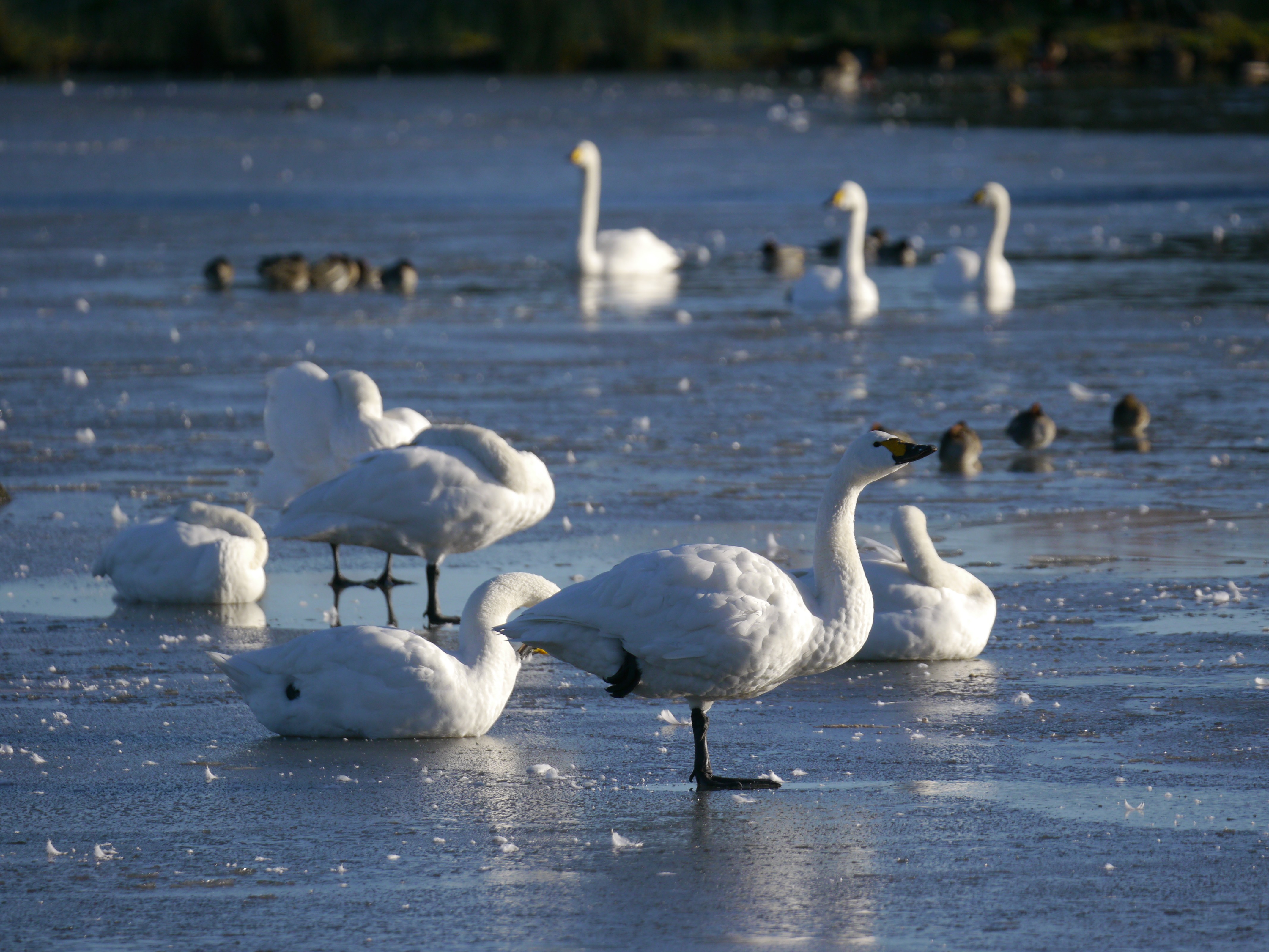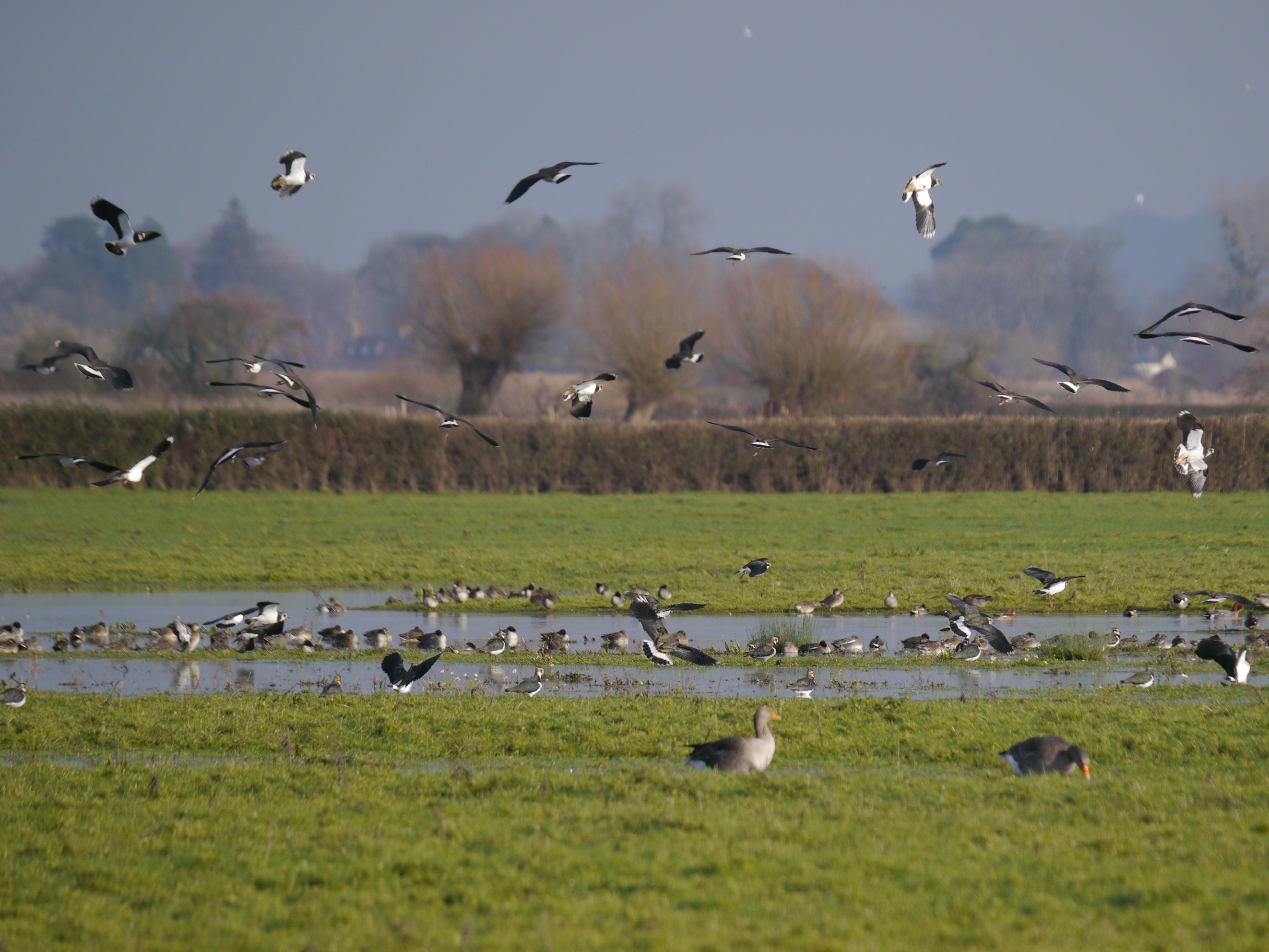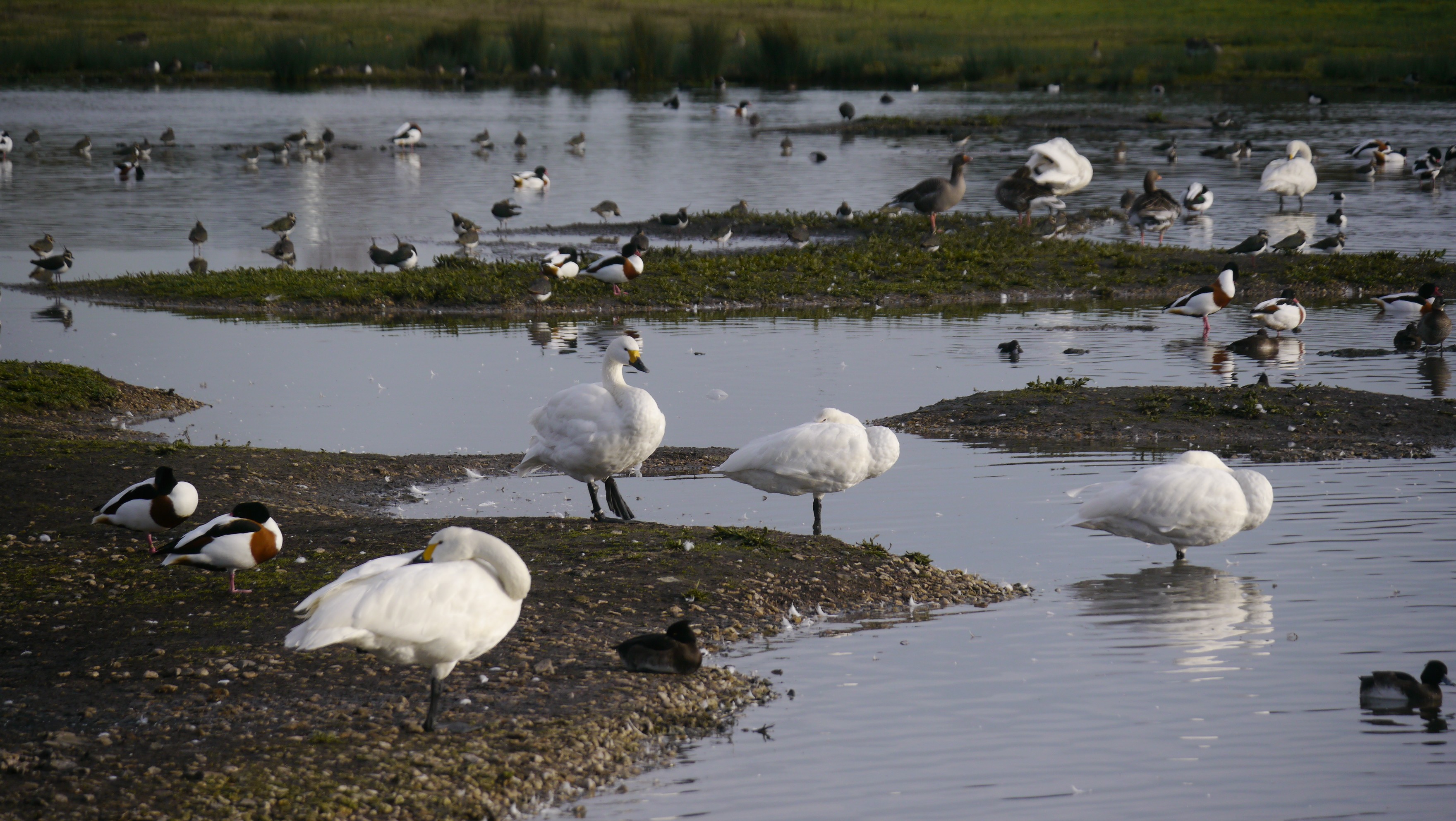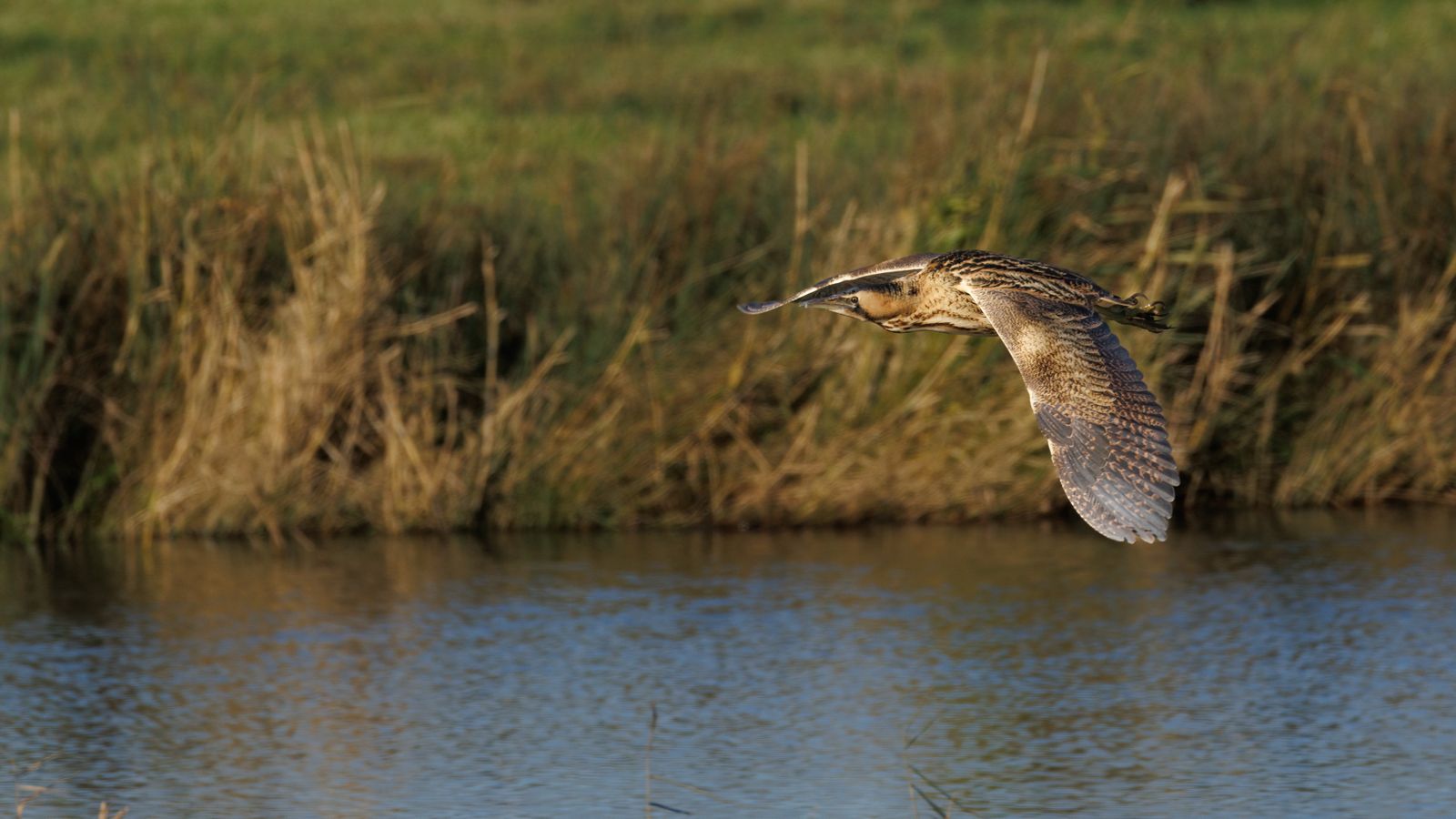Work schedule for late September and October and sightings for 26 September.
A busy period to prepare the reserve for the winter continues

We maintain the reserve throughout the year to deliver habitat for a wide range of species, to encourage biodiversity and to ensure that visitors can actually see and enjoy the species present. This work is carried out seasonally and can be broken down into
1. Preparing for the wintering/early breeding season birds and to ensure wild flowers bloom the following season which in turn attracts pollinating insects. (July- November).
2. Post breeding season, prepare moulting sites and scrapes for the late summer passage period. (July-September).
3. Breeding season, carefully timed short-term hits for site maintenance and views. (June and July).
The cut and clear sessions keep views across the scrapes and pools open and enable us to manage the water levels effectively.
Mowing and topping is carried out throughout the late summer into November which means that some scrapes are temporarily disturbed for a time, we have a number of alternative places for the birds to feed and roost on site so it is always possible to catch up with them somewhere whatever is happening. The lower tidal periods often see some of the birds remaining out on the estuary. Often with tractor work we often find that the birds simply ignore it and carry on as normal.
Our work is planned carefully to avoid high tides and to try to work in one place at a time but occasionally we have no choice but to 'crack on' and try to get as much done as possible and take advantage of the dry weather or other work projects that have been planned with limited flexibility (e.g with contractors). The main focus in late September is in and around the Rushy, we aim to complete by the third week of October and allow it to settle in for early November in anticipation of Bewick's Swans etc.
Without the seasonal vegetation cutting work the sites water courses wouldn't function very well, it wouldn't be as productive for wildlife and visitors wouldn't be able to walk along overgrown access paths or see anything from the hides. Volunteers and staff work very hard to get these job done quickly, often in very hot conditions and all are mindful of disturbance, none of us want to cause the birds to move around the site and feel under great pressure to complete it. We do however prepare other areas to offer a refuge whilst we work and know that this system works well, the birds soon return to a favoured spot once the work is completed.
Hedges, fields and ditch work is all conducted with a projected finish time in late November, the cattle and sheep come off for the season. We then try to catch the rains and bring up water levels to create shallow flooding, it is then left for the wintering birds. Any winter work is around the birds and avoid the busy spots. With 800 acres to manage it is a challenge to maintain each year. The reserve team look forward to welcoming the bird spectacle when huge flocks settle in during December through to February and then the subsequent breeding season. We hope you enjoy them too.
Keep an eye on our Twitter feed for any updates and additional sightings which will help you to locate the birds on site. https://twitter.com/slimbridge_wild
A rough outline of what is happening in the next few weeks as follows.
Rushy
Continuing from 26 September and through October but may not actually cause disturbance to the lower pond at all.
Hay cutting the field, cutting back the banks, bunds and shores to open up for wintering birds and create a safe winter roost.
Resurfacing some of the islands.
Cleaning windows.
Clearing pipes.
Maintenance of the bubbler system and Swan pipe
Willow Coppicing and pollarding.
We also have contractors repairing the collapsed toilet drains and sumps over the next couple of weeks, this will mean digging up the ground around the buildings, in addition solar panels will be fitted to the buildings include the South side of the Peng Obs.
South Lake
Contractors arrive on Tuesday 28 September to begin work with the reserve team, excavators and a dumper will be present to repair anti erosion along the West bank, it has been collapsing into the water for years which is silting up the scrape. A recycled concrete edge with back fill should remedy this. We may have to return in future years to shore up the cliff below Discovery Hide. Work should be completed by 1 October (we hope).
Strip the Discover Hide causeway and replace with new stone.
Create some new islands and spits in the hope of attracting more waders to nest near the hide.
Create a new beach near to the hide.
Strim and clear the deep lake islands.
Cut the causeways and bunds.
Clean windows and clear pipes.
Possibly some hide repairs.
Tree work is likely in late October- December at some point but is unlikely to cause any disturbance.
Martin Smith Hide/Tack Piece
Opening up the views and pool for the winter.
We apologise if is affects your visit in any way, it is essential to maintain the wildlife interest, have a great autumn period, plenty to see here regardless of the work.
Middle Point
A Wheatear on the fence with another on the seawall, a few Chiffchaffs at the Goose House willows, on the Severn five Grey Plover among the distant waders to the North. A female and juvenile Marsh Harrier over the fields to the North.
Rushy Hide
Seven Ruff, 11 Redshank, 1 Avocet, 1 Spotted Redshank, 2 Snipe, 2 Pintail, 3 Wigeon, 7 Shoveler + Chiloe Wigeon hybrid drake.
*Please note that tractor mowing is likely to continue on the hay meadow at the back of the Top Pond later today*
South Lake
136 Teal, 2 Ruff, 75 Black-tailed Godwit, 132 Lapwing, a few Pied Wagtail, c60 Tufted Duck.
Tack Piece
280 Teal, 2 Black-tailed Godwit, 6 Wigeon.
Top New Piece
Great White Egret, 3 Little Egret, Spoonbill, 2 Snipe, Green Sandpiper, 24 Ruff (33 on site today), 34 Lapwing, Black-tailed Godwit, 2 Grey Heron, 104 Wigeon, 5 Pintail, 350 Teal from the Zeiss Hide.
Bottom New Piece
Ross's Goose with the Barnacle Geese + a Snow x Bar-headed Goose.



